When Australia went to war on 4 August 1914, more than 2,000 men from the Bayside Local Government Area answered the call of King and Country and enlisted.
Aboriginal men also served, while nurses contributed to the war effort at home and overseas.
This year the ANZAC flags flying across Bayside are a tribute to all our heroes. Our ANZAC flags feature the images of six local heroes. Here are their stories.
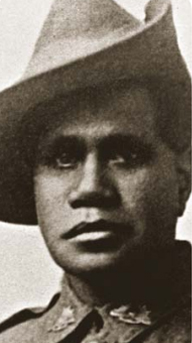
Douglas Grant (1885-1951)
Douglas Grant, a Ngadjonji man from the upland rainforest country in the Atherton Tablelands was a mechanical draughtsman and wool classer. Australia's only known Aboriginal World War I prisoner of War, Grant was captured during the First Battle of Bullecourt in 1917. During his incarceration he became president of the British Help Committee (The Red Cross) and organised food parcels and medical supplies.
He died in Prince Henry Hospital, Little Bay, on 4 December 1951 and was buried in Botany cemetery.
Photo credit: Private Douglas Grant (SERN: 6020). NAA: SP1011/1,2176/1 [ABC Publicity Photos].
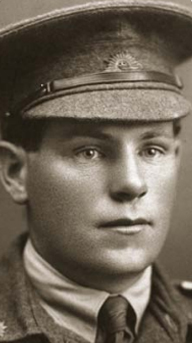
George Oscar Seaforth Nilson (1892-1940)
Carpenter George Nilson was the son of Alderman and Mayor Oscar Nilson of Botany. He served with the 9th Light Trench Mortar Battery in Belgium, firing three-inch Stokes ammunition at enemy targets. Hospitalised with pleurisy and gas poisoning during the war he never regained full health.
Photo credit: George Nilson (SERN: 2112). Image courtesy
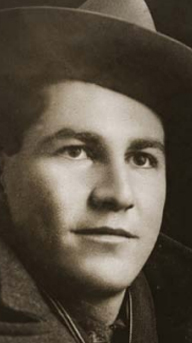
Jack Emanuel (1893-1952)
Jack Emanuel was a bookmaker's clerk living in Railway Street, Rockdale, when he enlisted in May 1915 at the age of 21. He served at Gallipoli and then on the Western Front.
Jack was an outstanding soldier and was twice decorated with the Military Medal.
Photo credit: Jack Emanuel (SERN: 1692). Courtesy Riddington family Northern Beaches Libraries
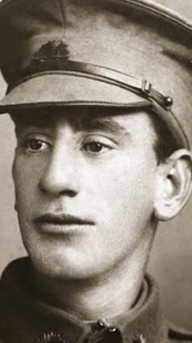
John David Wright (1895-1955)
John Wright was a Botany fellmonger who served in France with the 3rd Battalion. He was wounded in action at the Battle of Menin Road on 22 September 1917. Later he took part in the Spring Offensives of March and April 1918 and the Second Battle of Albert.
His older brother, Herbert (SERN: 4302) was killed in action in France during March 1917, just four days after he arrived on the front line.
Photo credit: John Wright (SERN: 6378). Image courtesy of the Wright family
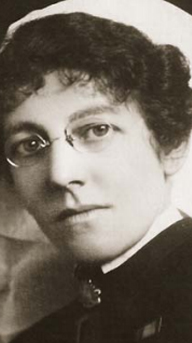
Phyllis Mary Boissier (1884-1976)
Matron Phyllis Boissier of Botany embarked on the hospital ship Kyarra in 1914. In Egypt she treated the wounded from Gallipoli, receiving the Royal Red Cross (2nd Class) Medal from King George V in 1916. She also served in France during the Battles of the Somme.
After the war she was appointed Matron of Royal Prince Alfred Hospital. She was the first female Justice of the Peace in NSW.
Photo credit: Image courtesy of RPA Heritage Centre. Reproduced with permission of RPA Hospital Heritage Centre, Camperdown
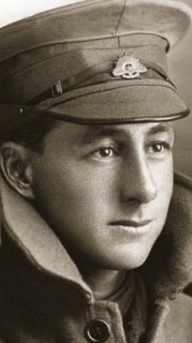
Thomas Burtt (1893-1918)
Botany boy Thomas Burtt was working in Queensland as a shearer and cook when he enlisted in mid-1915. He lost several toes to frostbite suffered at Gallipoli. Invalided home, he soon joined up again.
Tom was killed in action near Villers-Bretonneux on 3 April 1918, leaving two war diaries for his fiancée in London. Older brothers James Burtt and Harry Burtt also served.
Photo credit: Thomas Burtt (SERN: 1916 & 3023). Image courtesy of Geoff Chegwyn






